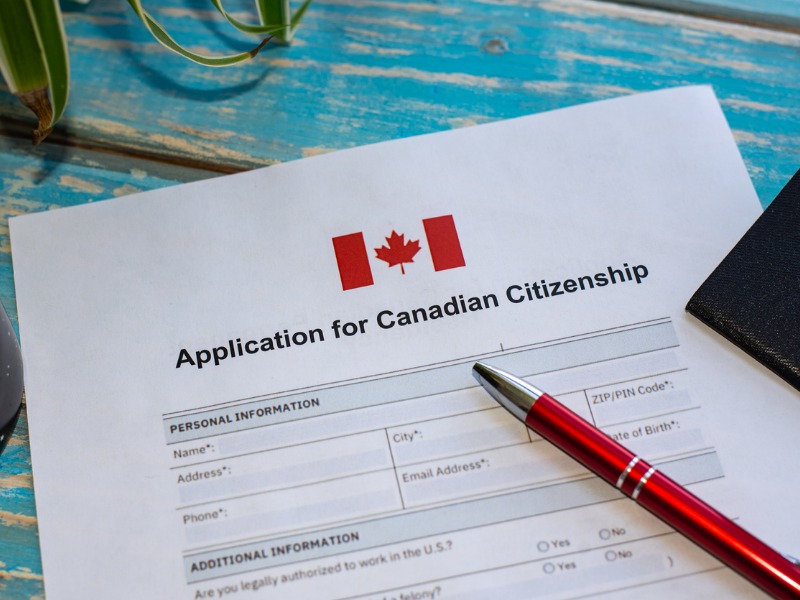
Amid strong immigration, Canada’s population topped 39 million in the third quarter, as population growth hit record levels.
According to a new report from Statistics Canada, the population grew by 776,217 in the first nine months of 2022, surpassing the total for any full year on record.
Almost half of the growth this year (340,666) came due to international migration, StatsCan said.
In the third quarter alone, the population increased by 362,453 people to an estimated 39.29 million.
This represented the strongest quarterly growth rate since 1957, when the population rose by 1.2%, thanks to “the post-war baby boom and the high immigration of refugees following the Hungarian Revolution in 1956,” the national statistical agency noted.
As recently as a decade ago, a full year of population growth was less than the country recorded in the third quarter this year.
“For example, during the whole of 2011, Canada’s population grew by 350,253 people,” StatsCan said.
Immigration helped to fuel third quarter growth, thanks to higher government targets for immigrants, but a record increase in non-permanent residents (225,198) was the primary driver in the quarter, StatsCan said.
The number of new non-permanent residents in the third quarter was higher than any full year on record, the agency noted — adding that this trend was driven by work permit holders, along with other sorts of new arrivals, as “Canada continued welcoming people fleeing the Russian invasion of Ukraine.”
The surge in population growth this year follows the sudden plunge that accompanied the onset of the pandemic in 2020, which produced higher death rates and interrupted immigration due to the imposition of strict travel restrictions.
Population growth has a host of implications for the economy, including a direct impact on labour supply and housing demand, and on the severity of the fallout from an aging population.
Last month, the federal government announced a plan to boost immigration over the next few years in a bid to underpin future population (and economic) growth. In 2023, the government aims to add 465,000 permanent residents, rising to 500,000 in 2025.
Already, immigration generates almost all of Canada’s labour force growth, and the government indicated that it’s expected to supply 100% of population growth by 2032.